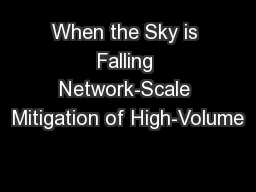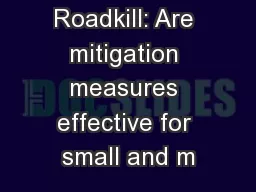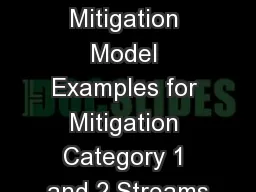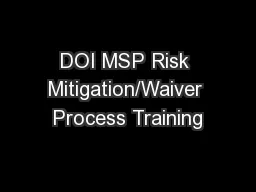PPT-When the Sky is Falling Network-Scale Mitigation of High-Volume
Author : kittie-lecroy | Published Date : 2018-02-28
ReflectionAmplification DDoS Attacks Introduction amp Context 2 Substantial Growth in Largest Attacks Largest reported attacks ranged from 400Gbps at the top
Presentation Embed Code
Download Presentation
Download Presentation The PPT/PDF document "When the Sky is Falling Network-Scale Mi..." is the property of its rightful owner. Permission is granted to download and print the materials on this website for personal, non-commercial use only, and to display it on your personal computer provided you do not modify the materials and that you retain all copyright notices contained in the materials. By downloading content from our website, you accept the terms of this agreement.
When the Sky is Falling Network-Scale Mitigation of High-Volume: Transcript
Download Rules Of Document
"When the Sky is Falling Network-Scale Mitigation of High-Volume"The content belongs to its owner. You may download and print it for personal use, without modification, and keep all copyright notices. By downloading, you agree to these terms.
Related Documents














